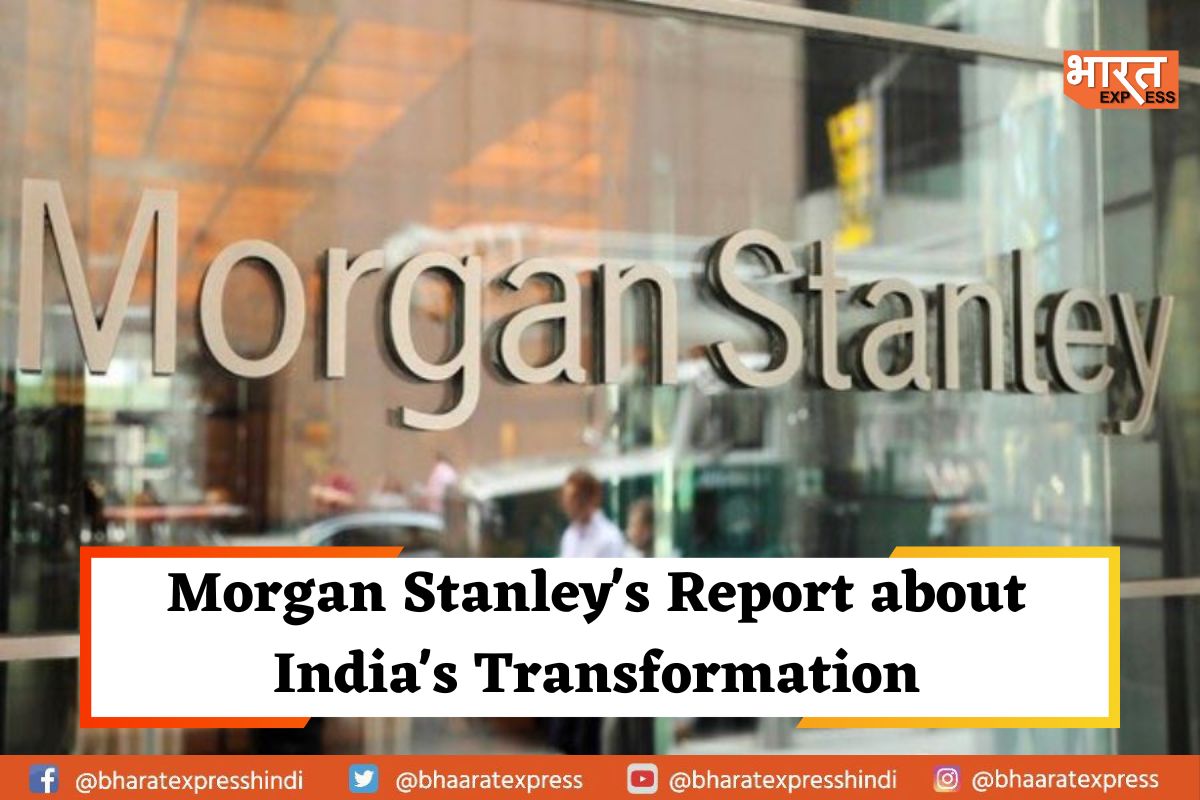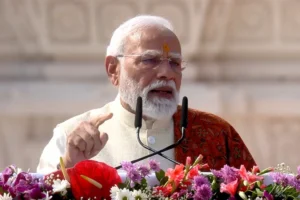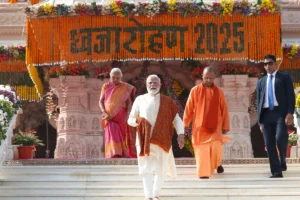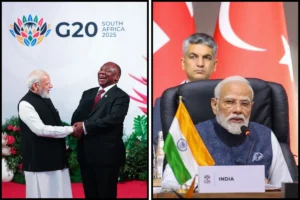
India has changed under Prime Minister Narendra Modi, gaining prominence in the international system and acting as a major engine of growth for both Asia and the world. According to a report by Morgan Stanley, significant scepticism towards India, particularly among foreign investors, ignores the country’s significant changes, particularly those that have occurred since 2014. The report claimed that the India of today is much more distinct from the India of 2013.
It said that India today is distinct from the country it was in the year 2013. India’s advancement in the global order over the past 10 years has had a significant positive impact on the macroeconomic and market outlook. “India has transformed in less than a decade,” the report added.
One of the largest supply-side policy reforms, according to the brokerage firm, was bringing corporate tax into line with peers and accelerating infrastructure investment. This was one of the ten crucial changes that have occurred since Prime Minister Narendra Modi assumed the position in 2014.
Additionally, the formalisation of the economy is indicated by the rising GST collection, the uniform tax that replaced more than a dozen different central and state taxes, and the rising share of digital transactions as a percentage of GDP.
Other notable changes included the transfer of subsidies to beneficiaries’ accounts, the insolvency and bankruptcy code, flexible inflation targeting, an emphasis on FDI, government support for corporate profits, a new law for the real estate sector, and MNC sentiment at a multi-year high, it said.
As per Morgan Stanley, manufacturing and capital spending as a share of GDP have been steadily increasing, and by 2031, the export market share is expected to more than double to 4.5 per cent. It also mentioned that “India will emerge as a key driver for Asia and global growth.”
It was said that such a view ignores the significant changes that have taken place in India, particularly since 2014. This was in response to the doubts about India, especially among foreign investors, who assert that the country has not lived up to its potential despite being the second-fastest growing economy and one of the top stock markets over the past 25 years.
Speaking of, the report threw light on 10 vast changes which include supply-side policy reforms, formalisation of the economy, Direct Benefit Transfer, Insolvency and Bankruptcy Code, focus on FDI and flexible inflation targeting. These changes are because of India’s policy choices, and their implications for its economy and market.
To read more such news, download Bharat Express news apps


















